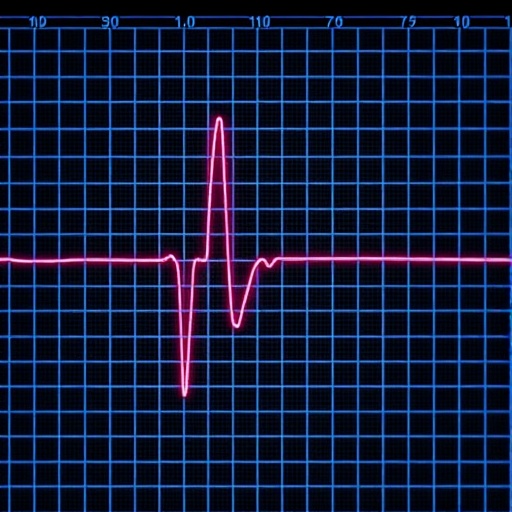A new study published in the April 2019 issue of the American Journal of Roentgenology (AJR) considers several potential factors that might have led to disparities in follow-up imaging rates among patients with indeterminate initial abdominal imaging findings.
The study, “Patient Factor Disparities in Imaging Follow-Up Rates After Incidental Abdominal Findings,” reviewed the records of 1588 patients with inconclusive abdominal imaging results consecutively registered between July 1, 2013, and March 20, 2014. Factors studied included distance between the flagship hospital of the health system patients’ home zip codes, age, race, and health insurance status.
Of the 1,513 patients included in the study, 554 (36.62%) did not undergo follow-up abdominal imaging within 1 year of the index abdominal imaging. Follow-up rates varied depending on the initial patient setting. More than 60 percent of the emergency department patients in the study did not undergo follow-up imaging, while less than 30 percent of outpatients failed to complete their follow-up imaging.
The study also found that those at the extremes of age had lower rates of follow-up completion. Of the 959 patients who received follow-up imaging, 9.28% were younger than 40 years, compared 13.72% of patients who did not receive follow-up imaging. Only 5.63% of patients who underwent follow-up imaging were older than 80 years, compared with 12.64% patients who did not undergo follow-up imaging.
While the study found emergency department patients and those at the extremes of age had lower rates of follow-up completion, the authors recommend further investigation of additional factors that may influence rates of follow-up imaging. For example, more white patients and fewer black patients were found in the follow-up imaging group, but the authors caution that “confounders may affect this conclusion.”
###
Founded in 1900, ARRS is the first and oldest radiology society in the United States, and is an international forum for progress in radiology. The Society’s mission is to improve health through a community committed to advancing knowledge and skills in radiology. ARRS achieves its mission through an annual scientific and educational meeting, publication of the American Journal of Roentgenology (AJR) and InPractice magazine, topical symposia and webinars, and print and online educational materials. ARRS is located in Leesburg, VA.
Media Contact
Alycia Tessean
[email protected]
Related Journal Article
https:/
http://dx.




